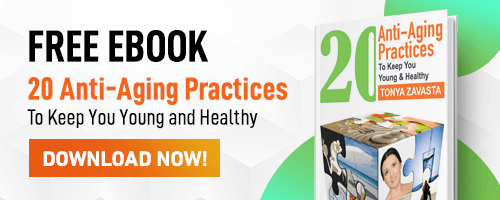How to Keep the Whites of Your Eyes... White!
Published: (April, 2025)

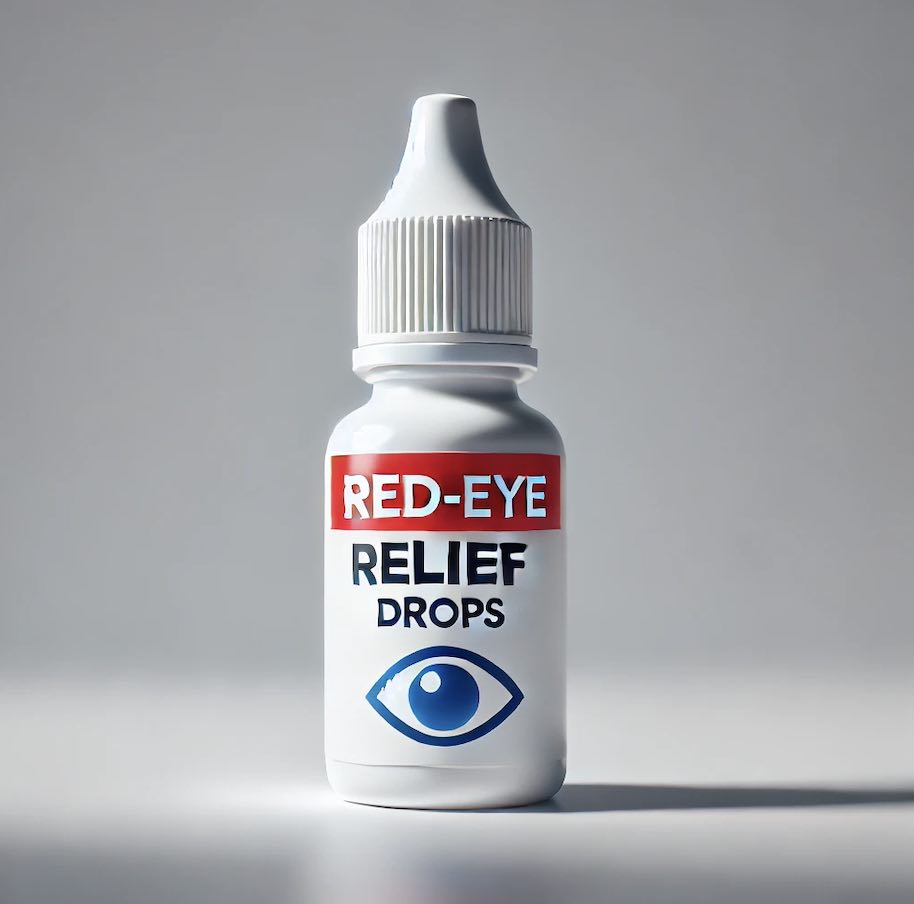
1. What You Must Know About the Sclera
Back in my early thirties, I discovered those red-eye relief drops and was amazed at how quickly they made the redness disappear. I started using them daily, completely ignoring the warning that they were meant for temporary relief only.
Big mistake. Before long, my eyes became dry and itchy, and it took months for them to return to normal.
Many people make the same mistake, all because of the sclera — the white part of the eye. A bright, clear sclera is associated with youth and health. Research (Russell et al., Psychology and Aging, 2014) shows that whiter sclera makes faces appear younger, healthier, and more attractive, while yellowing makes people look older.
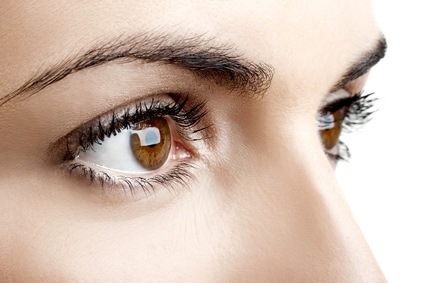
Interesting Facts About the Sclera:
1. It's mostly collagen.
The sclera is made up of about 90% collagen fibers. As a dense connective tissue, it forms the strongest and most protective outer layer of the eyeball, acting like a tough, durable shell.
2. It’s not always white.
In babies, the sclera can appear a bit bluish. In elderly people, it can be slightly yellow due to fat deposits or liver issues.
3. It's a full wraparound.
Even though we only see the front part, the sclera actually encircles the entire eyeball like a protective shell, except where the cornea is at the front and the optic nerve exits at the back.
The sclera — the part of your eye people often notice first — ages just like the rest of your body, even if it’s not obvious at first. Yet it’s one of the most overlooked areas in self-care, even though it can reveal your age more than almost anything else. A lot happens behind the scenes — here are just a few of those changes (but not all!).
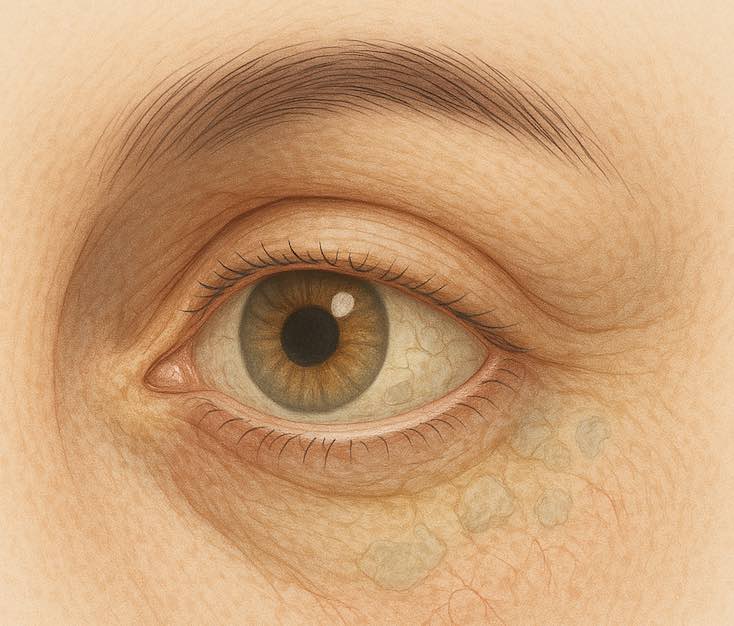
- Collagen breakdown: As we age, collagen in the sclera weakens and becomes less organized, making it thinner and less flexible.
- Less hydration: Just like skin and joints, the eyes lose moisture over time, leaving the sclera drier and less glossy.
- Calcium buildup: Aging can lead to calcium deposits in the sclera, causing stiffness and sometimes yellow or grayish patches.
- Oxidative stress: Years of UV exposure, pollution, and stress cause microdamage and discoloration.
It’s no wonder we’re drawn to quick fixes. But after learning the hard way, I now stick only to gentle, 100% natural solutions.
2. How to Make Your Sclera Whiter Naturally
We’ve all noticed how our eyes can lose their brightness with age—the sclera takes on a yellowish tint, and tiny veins become more visible. But can anything be done about it? Absolutely. Clear, bright eyes with a white sclera can instantly make you look years younger.
Just like every other organ, your eyes reflect your inner health. That’s why general cleansing—like daily juicing and raw foods—can help restore that youthful sparkle. But it doesn’t stop there. Incorporating an herbal eyewash or eye drops into your morning routine—just like brushing your teeth—can make a real difference in keeping your eyes clear, and vibrant.
Homemade eye washes are a gentle and effective way to relax the eyes, prevent discomfort, and even support healing—without the need for medical intervention. To apply, you can use an eye dropper or fill a small cup with the solution, placing it over your eye while gently blinking.
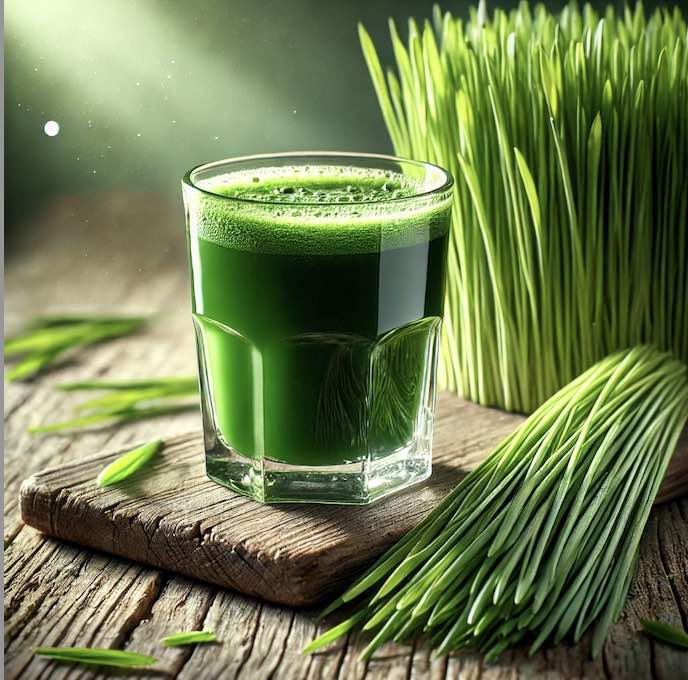
Wheatgrass Juice
When we were staying at the Optimal Health Institute — and I visited this place many times at the beginning of my raw food journey — we were always advised to use wheatgrass juice as an eyewash. Wheatgrass is rich in chlorophyll, and chlorophyll is cleansing in every way for the body. Wheatgrass — especially in its fresh form — is a superb body cleanser.
Drinking wheatgrass juice nourishes our cells, cleanses the liver and bloodstream, and helps neutralize the effects of toxic waste. As a result, you can enjoy many benefits, including bright eyes and clear skin.
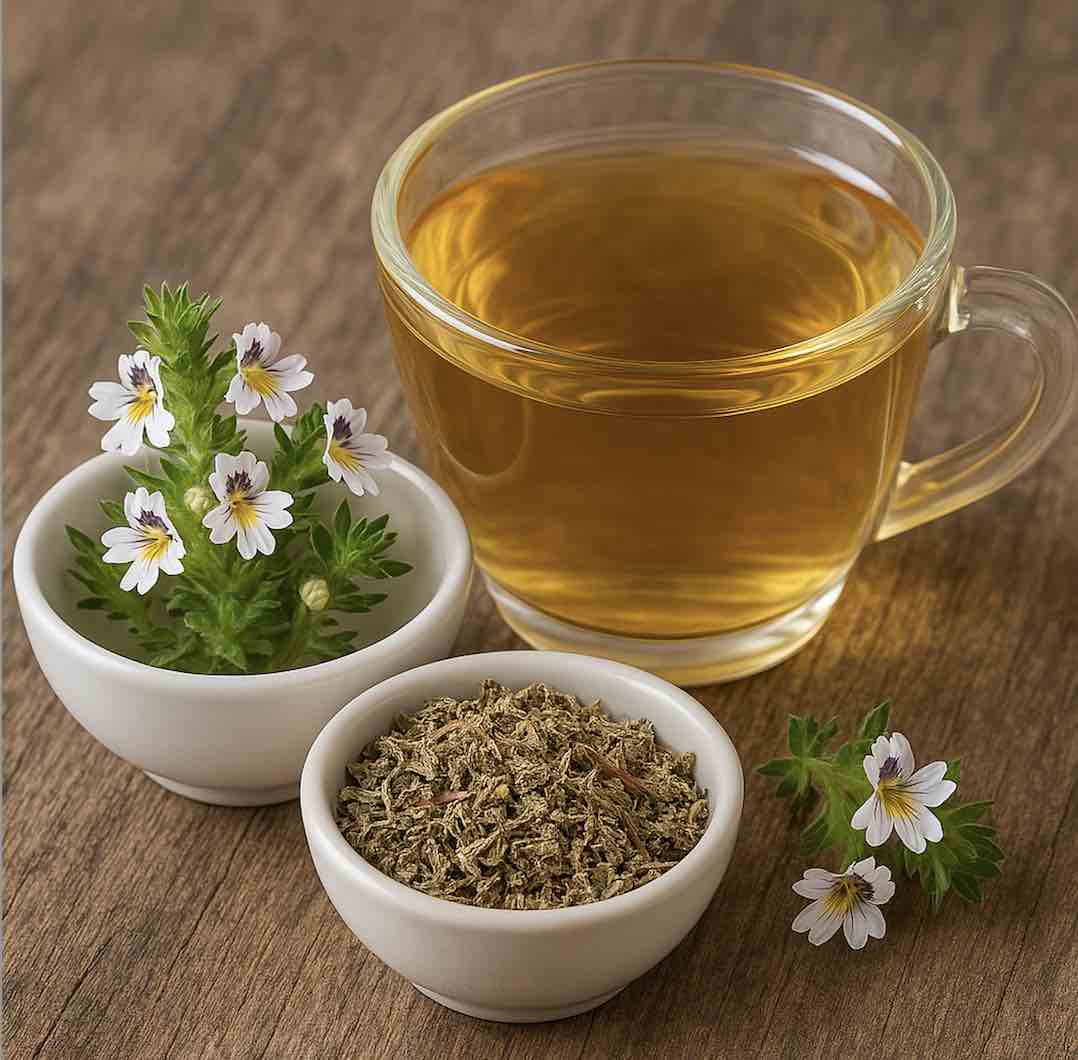
Eyebright Eye-Cup Bath
Ingredients:
1 tsp dried eyebright
1 cup distilled or filtered water
Boil water, remove from heat.
Add eyebright, steep 10–15 minutes.
Strain well—make sure no particles remain. Cool completely. Pour into a sterilized eye cup, place over eye, and blink gently.
Here are two more simple recipes for eye washes:
Saline Eye Wash You will need: 1 cup distilled water and 1 tsp salt. This truly simple eye wash can be made by mixing together distilled water and salt. This saline eye wash can be used safely several times a day.
Green Tea Eye Wash You will need: 1 cup brewed green tea and ½ cup distilled (or boiled) water. Mix and make a solution. Use as other eye washes.
There are things that you must keep in mind when using eye washes. Make sure there is no contamination and always use clean utensils and boiled or distilled water. Though eye washes are safe and recommended by ophthalmologists, in case of any serious eye problems do not use them without a doctor’s consultation.
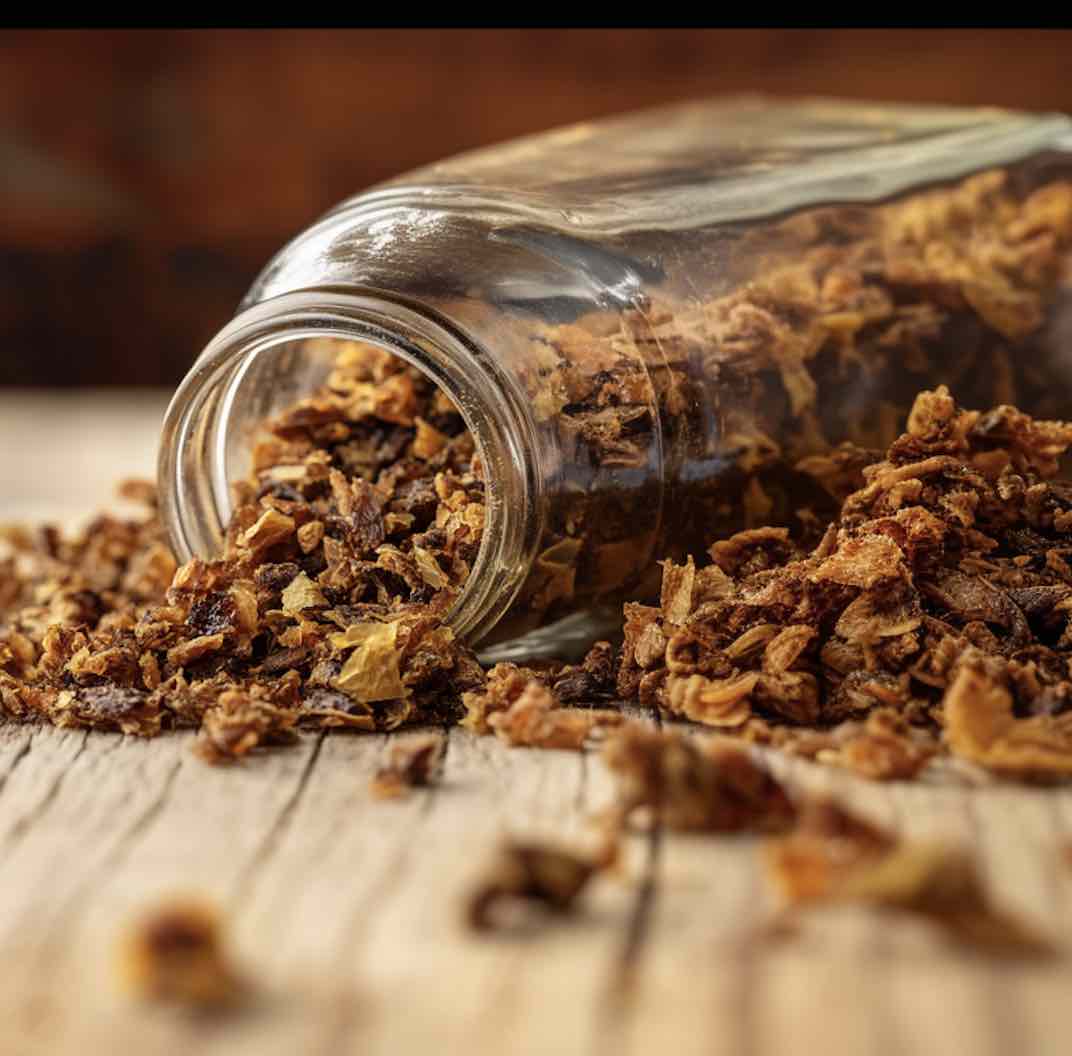
Calm and Protect Propolis Drops
My absolute favorite for caring for my eyes—and seeing almost immediate results in whitening my sclera—is water-extracted propolis. Propolis is one of nature’s best—and purest—bacteria-fighting agents. Propolis, a natural resinous substance, shows fantastic results in protecting our eyes and strengthening them against the effects of aging.
AGEs (Advanced Glycation Endproducts) are one of the main contributors to the aging of the body—including the eyes. (I gave a lot of attention to the topic of AGEs and the ways to reduce their effect on your body in my book Raw Food and Hot Yoga.)
The Good News: Propolis helps counteract the effects of Advanced Glycation Endproducts (AGEs)—harmful waste substances that accumulate in the body and are linked to aging, diabetes, and various degenerative diseases. AGEs can damage virtually every type of cell in the body, including eyes, but propolis offers powerful support in reversing their harmful impact. According to recent studies it has promising properties to combat conjunctivitis, infections, and similar conditions, and may even help with cataracts.
Though relatively new to Western medicine, propolis has been used in folk traditions for thousands of years. Water-extracted propolis is especially effective—it supports healthy cell growth, restores balance, and helps the body resist common signs of aging and degeneration, particularly in the eyes.
This gentle, potent extract is safe for both internal and external use. More information in Propolis Water Extract.
3. Water-Based Propolis Drops
Years ago, we wholesaled Propolis Water Extract, but the concentration was too weak. The next time we offered it, it was too strong and caused a stinging sensation. This time, we got it just right—highly effective with no unpleasant sensations.
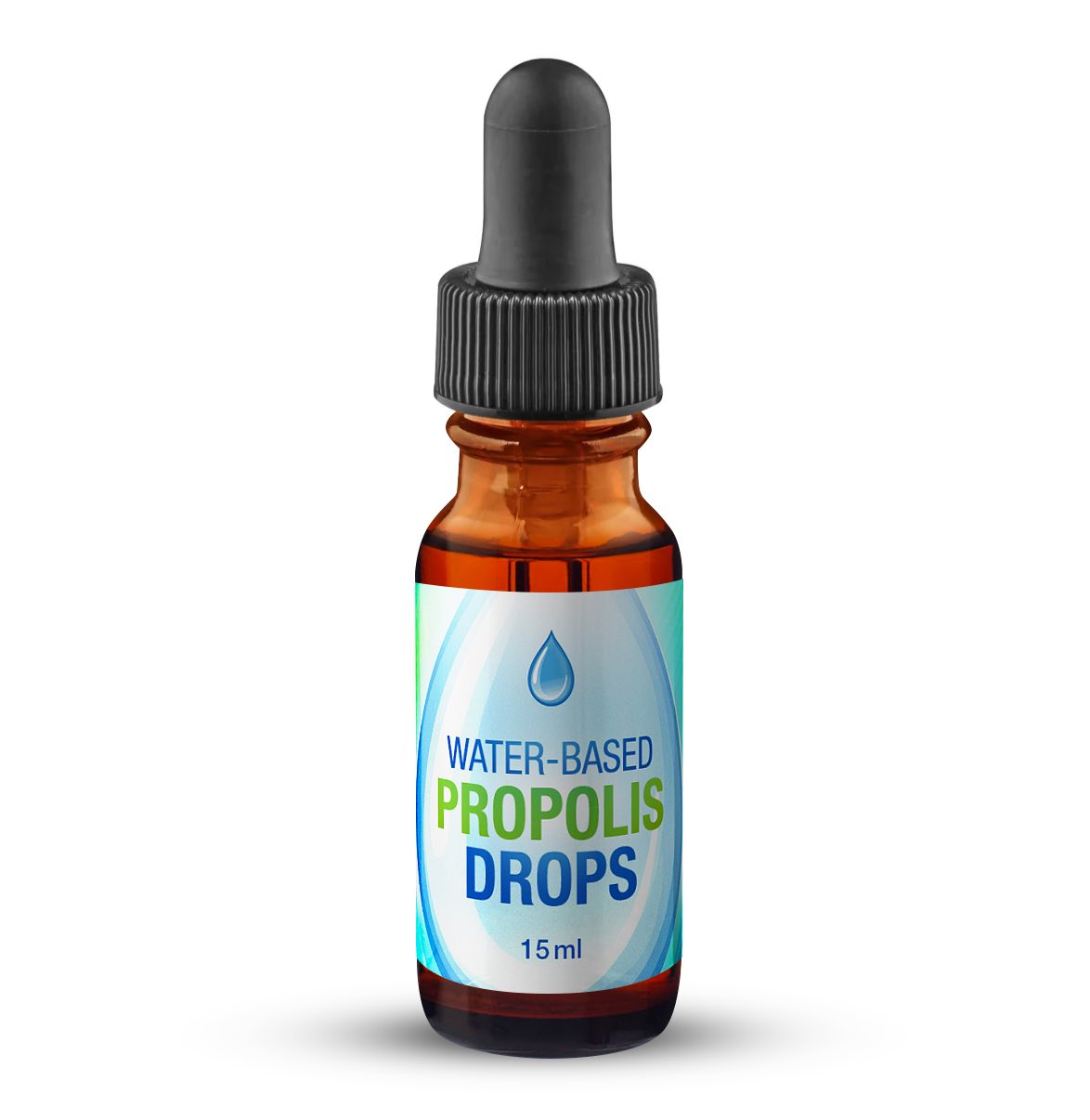
Common Uses for Eye Health:
Relief from dry, irritated, or tired eyes
Support for redness, puffiness, or minor infections
Help in post-screen fatigue or environmental stress
Promoting eye tissue repair and clarity over time
But that’s not all. Oil-based propolis extract is just as beneficial for the skin as water-based propolis is for the eyes.
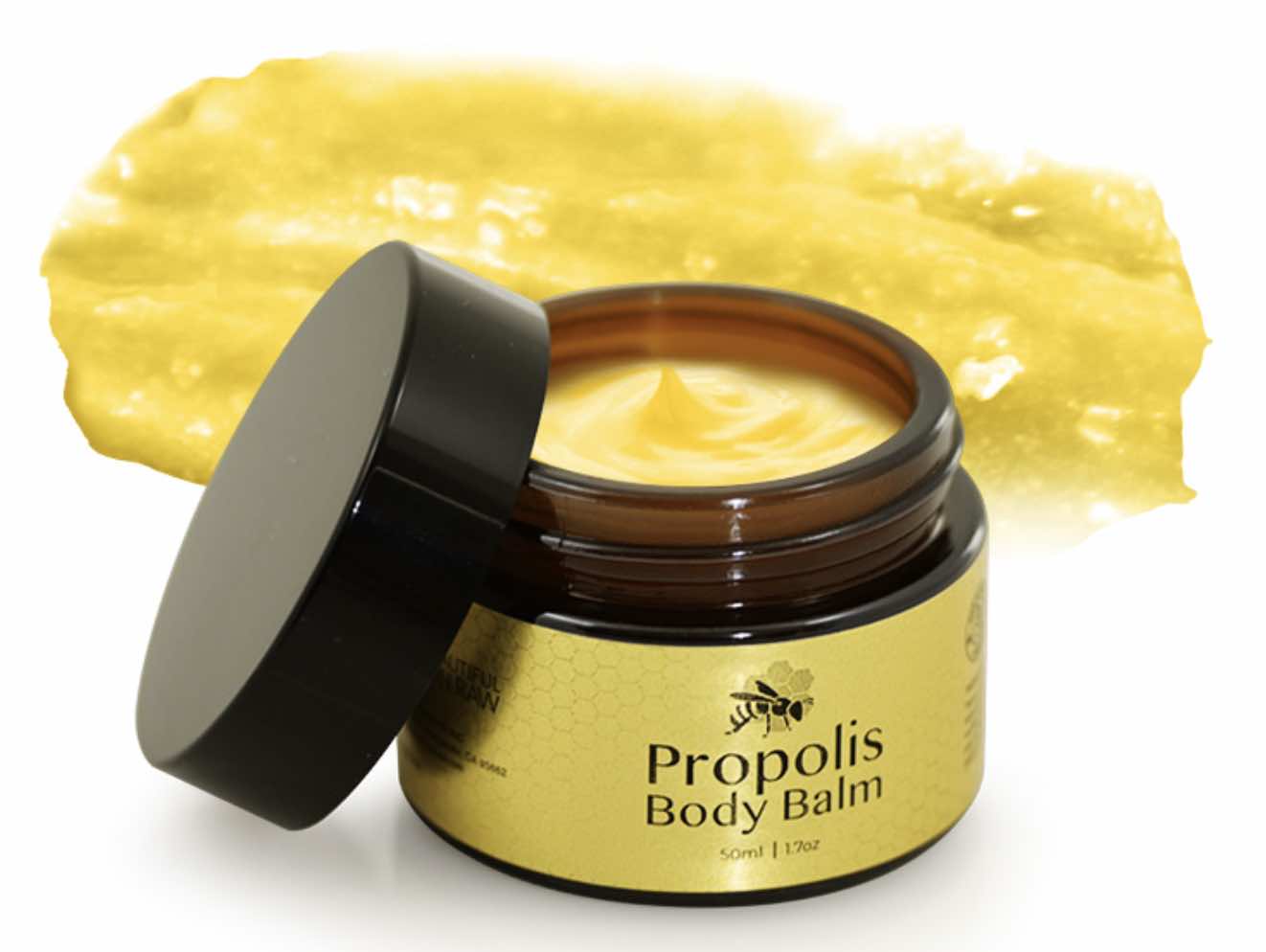
It’s very challenging to create an oil-based cream with a high enough concentration of propolis to actually smell like it—but we did it. It's our Propolis Body Balm. Recently, I started using it around my eyes, on both the upper and lower lids. I figured, if propolis is good for the eyes, it must be good for the surrounding area as well. And yes, there’s plenty of research that supports this hunch of mine.
Research shows that oil-based propolis extracts offer real anti-aging benefits for the skin:
Antioxidants in propolis fight free radicals, supporting elasticity and reducing wrinkles.
It helps boost collagen and protect it from breakdown, improving skin firmness.
Its anti-inflammatory properties soothe the skin and reduce age-related inflammation.
Together, these effects make oil-based propolis a powerful ingredient for youthful, healthy skin.
